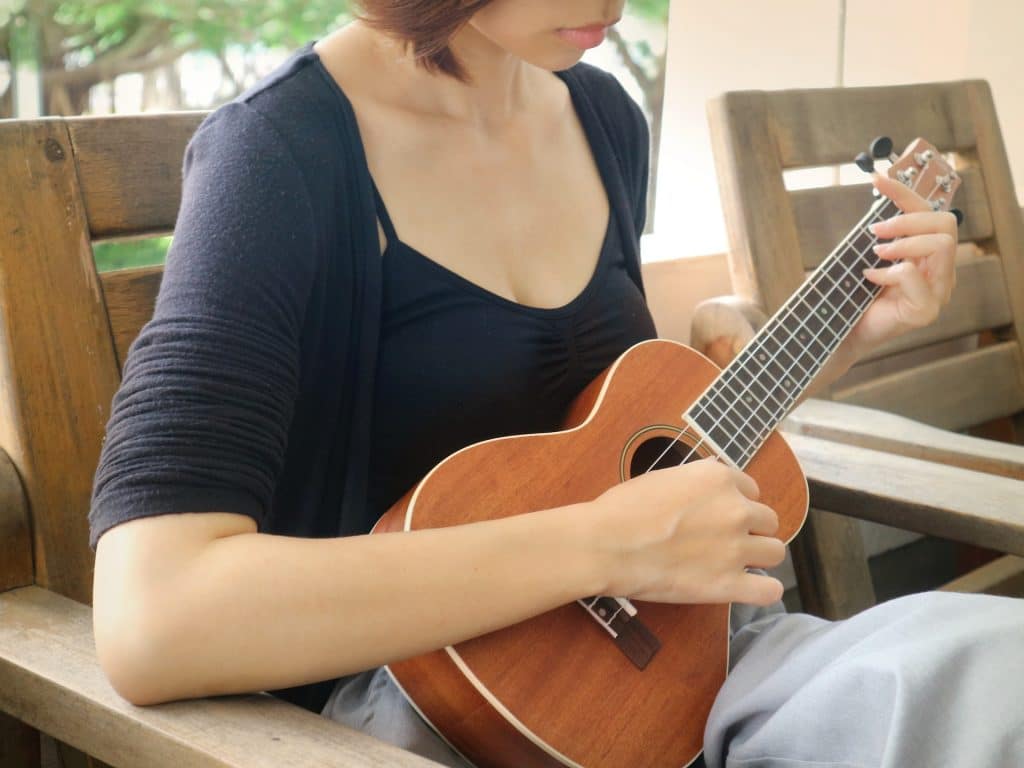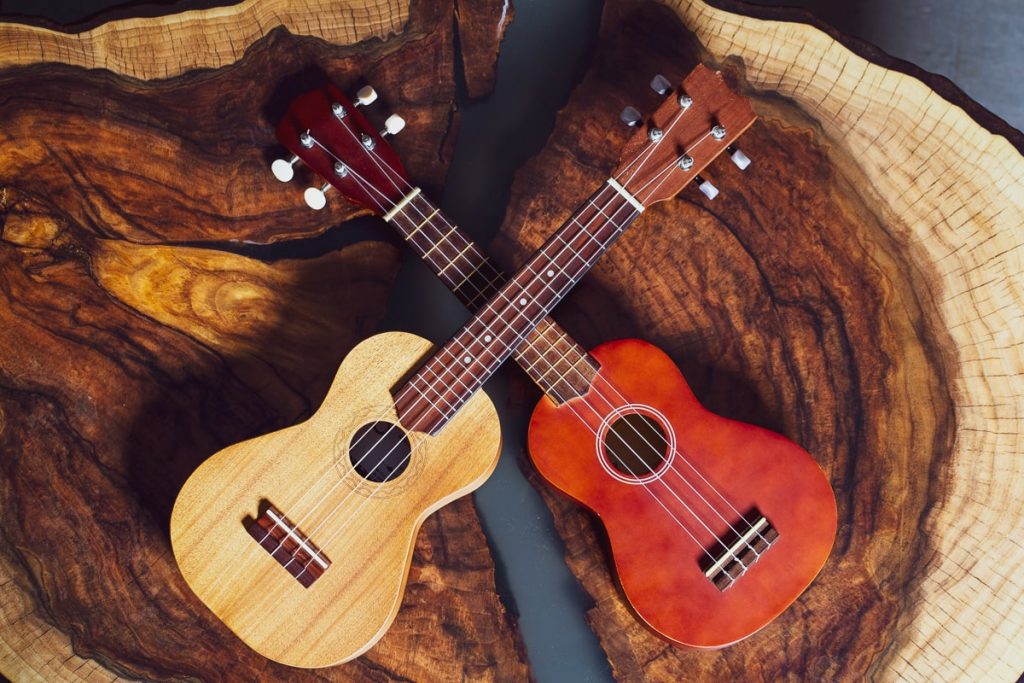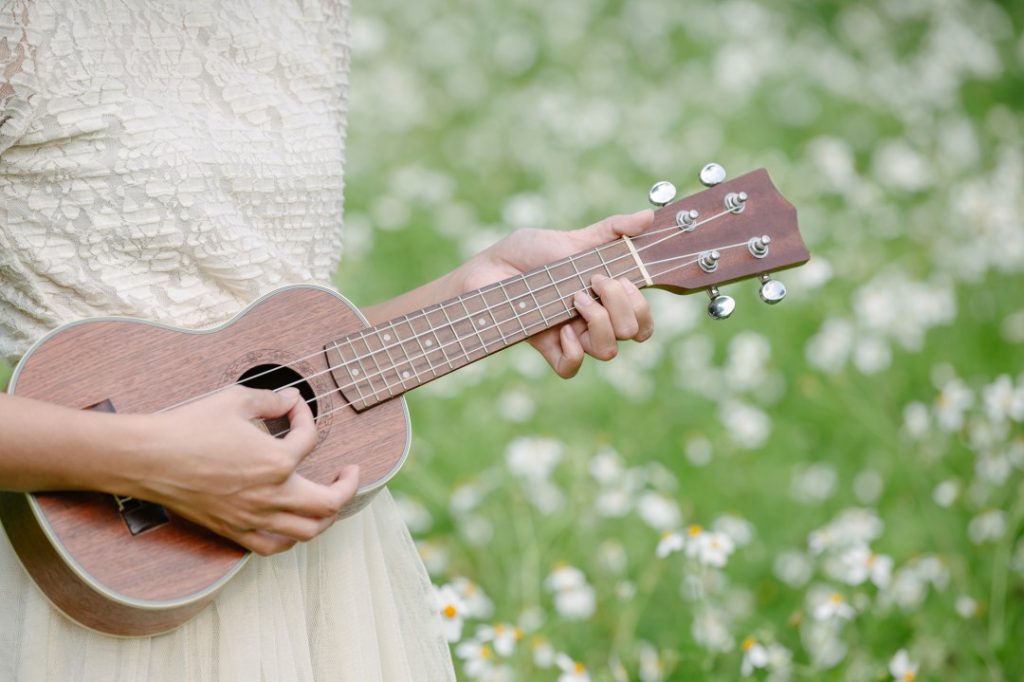How to pick the best ukulele for kids
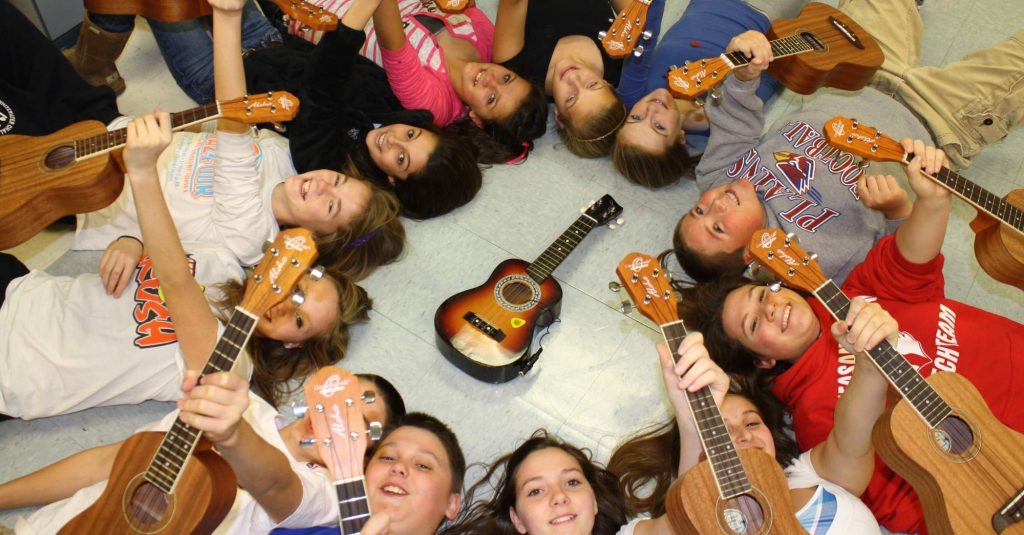 Before making a purchase, you need to consider the types of ukuleles available. Next, it’s important to consider the materials and quality, design, and any accessories that might come with the instrument to help your little one get started on the right foot. The right approach to finding the best ukulele for your children can help them to progress faster.
Before making a purchase, you need to consider the types of ukuleles available. Next, it’s important to consider the materials and quality, design, and any accessories that might come with the instrument to help your little one get started on the right foot. The right approach to finding the best ukulele for your children can help them to progress faster.
Size
The four main types of ukuleles, according to size, are soprano, concert, tenor, and baritone. The smallest model is the soprano, also known as the traditional ukulele size, measuring about 21 inches long. This is an amazing type for kids who are only starting out because it is compact enough for them to hold and play easily, and this is why we featured it exclusively in our reviews. Next on the sizing scale is the concert ukulele, which is slightly bigger and has a deeper tone. Concert ukuleles are 2 inches longer and have a bigger body. Tenor ukuleles are approximately 26 inches in size and are great for children and adults who already have musical experience. Finally, the baritone ukulele produces sounds similar to those of a guitar and is also the largest type available.
Materials
The materials and build quality of the ukuleles are essential for determining how pleasant the sound coming from the instrument is.
If you are looking for a durable instrument that also sounds great, even if your child is only a beginner, solid wood construction is highly desirable.
Mahogany and walnut are two types of words often used in the manufacturing of high-end ukuleles, but you can also choose a more budget-friendly model that comes with the laminated top. Some models, such as the
Diamond Head DU-151 Ukulele, have a body and neck made of maple. In contrast, others, such as the
Barcelona Soprano Ukulele, sport a body made from mahogany or basswood and a bridge made from rosewood.
Design
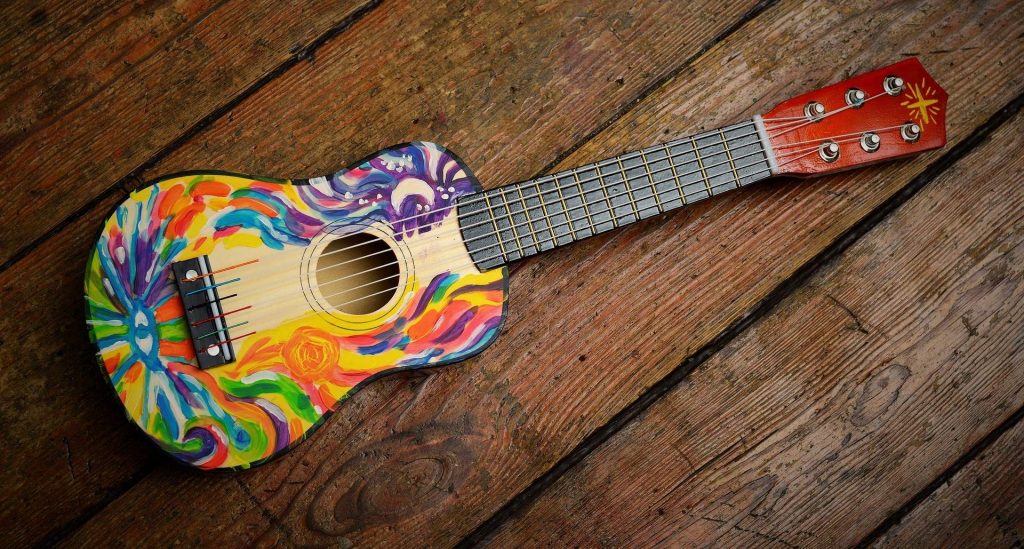 Many ukuleles for children are available in different colors because little ones prefer instruments with bright and attractive designs. There are several shapes of ukuleles available, with standard ones being the most readily available. Standard ukuleles have a body shape similar to that of an acoustic guitar, while pineapple ones are more on the oval side. Many parents choose to buy standard models for their children because they are comfortable to play with since their size suits little hands.
Many ukuleles for children are available in different colors because little ones prefer instruments with bright and attractive designs. There are several shapes of ukuleles available, with standard ones being the most readily available. Standard ukuleles have a body shape similar to that of an acoustic guitar, while pineapple ones are more on the oval side. Many parents choose to buy standard models for their children because they are comfortable to play with since their size suits little hands.
Frets
The quality and number of frets are important because they contribute to how easy it is to play. Most models designed for children come with 12 frets because they are less likely to go past the 12th fret compared to experienced musicians. You will find that the frets can be made of brass or plastic.
It is essential to check the customers’ feedback to find whether the frets create rattling or buzzing sounds that can irritate the player or not.
Tuners
Ukuleles have tuners on their heads, many of which are similar to those you can expect to find on a guitar. Ensure that the tuners are easy to use and that your kid can adjust them smoothly and correctly so the instrument doesn’t go out of tune every few minutes.
As a rule of thumb, you can expect the uke to remain in tune for up to two weeks.
Starter kit
Most of the ukuleles we reviewed come with bundles that may include a gig bag or a hard case for easy storage and transportation, a polishing cloth for cleaning the instrument, and instructional DVDs or booklets to get you started right away. Some also come with clip-on tuners and an extra set of strings, like our Editor’s Choice, the ADM Soprano Ukulele Beginner Kit, for example.
Warranty
 You generally expect the ukuleles to come with a warranty, and that is available for the vast majority of the models we reviewed. Some instruments have a 30-day money-back guarantee and 12-month warranty against manufacturers’ defects, such as the POMAIKAI Soprano Wood Ukulele. The warranty covers any defective parts and manufacturing errors but does not include misuse or wear and tear.
You generally expect the ukuleles to come with a warranty, and that is available for the vast majority of the models we reviewed. Some instruments have a 30-day money-back guarantee and 12-month warranty against manufacturers’ defects, such as the POMAIKAI Soprano Wood Ukulele. The warranty covers any defective parts and manufacturing errors but does not include misuse or wear and tear.
Prices
The selection of ukuleles we reviewed covers all price ranges. Many brands offer high-quality ukuleles that come with a higher price tag, and they are often suitable for children who already know how to play and need an instrument to improve their technique.
Higher-priced ukuleles can go up to $80 and more. They often include many accessories and have more natural sound, as well as stylish designs. An example is the Kala KA-S Mahogany Soprano Ukulele. However, if you don’t want to spend a lot, you can try one of the ukuleles in the under $50 price range, which offers decent sound and colorful designs, such as the POMAIKAI Soprano Wood Ukulele. It can make your little ones want to start their musical journey, and the bright colors are sure to please your kids.





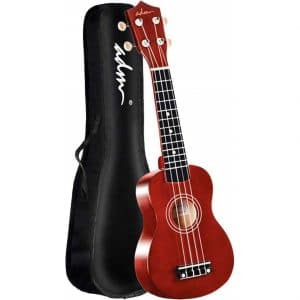
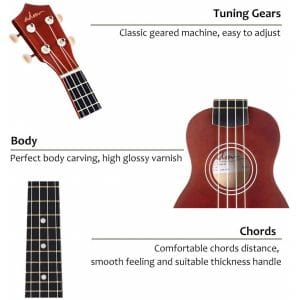
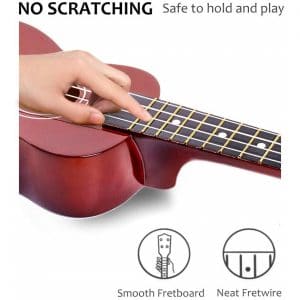
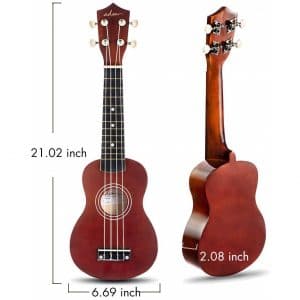



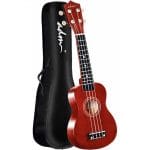
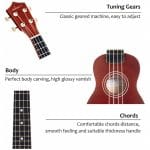
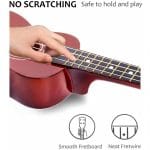
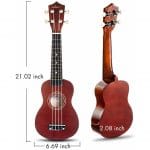



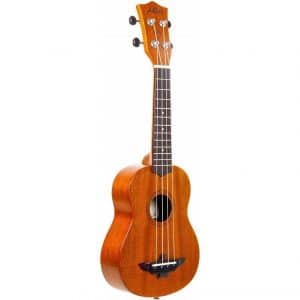
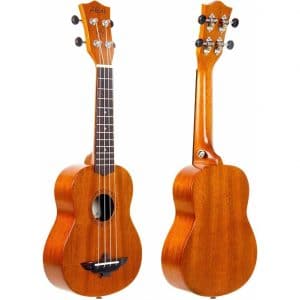
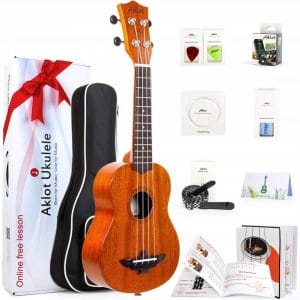
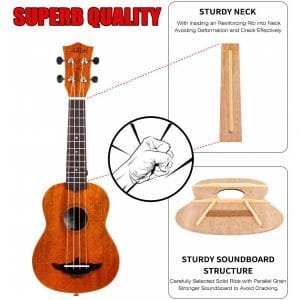
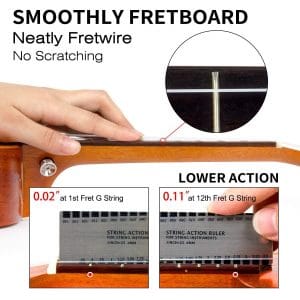
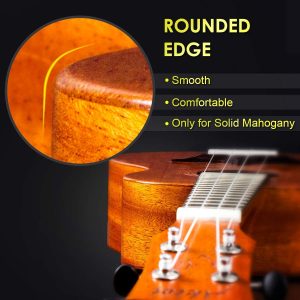
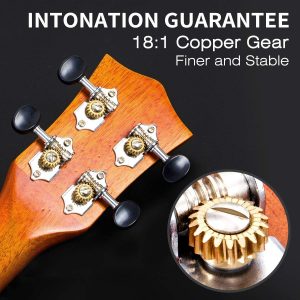
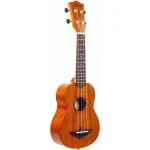
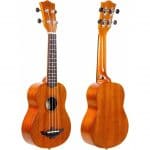
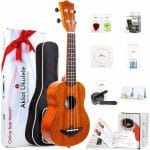
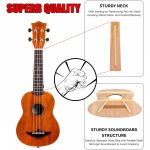
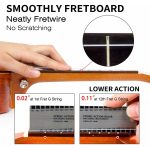
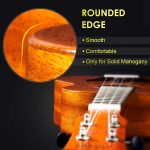


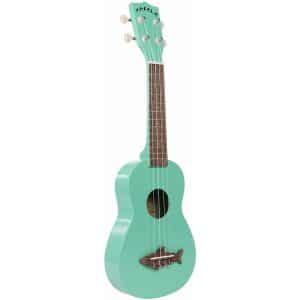
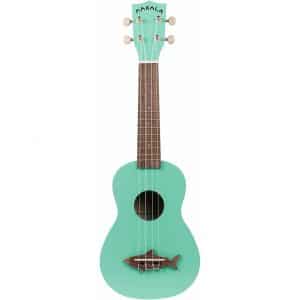
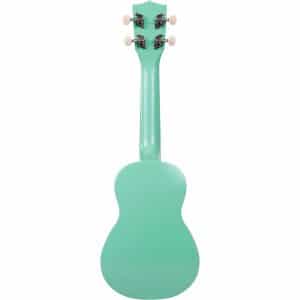
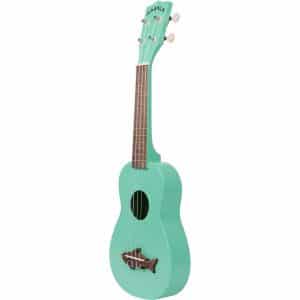
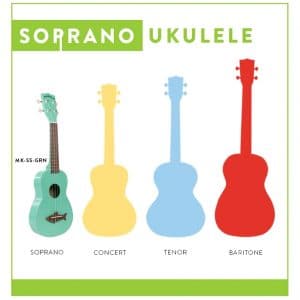
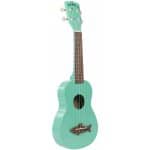
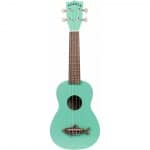

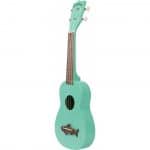
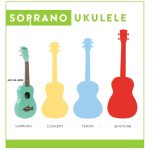
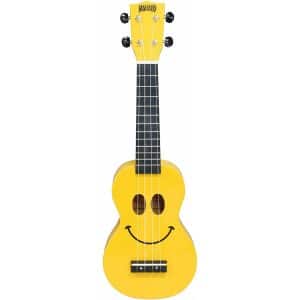
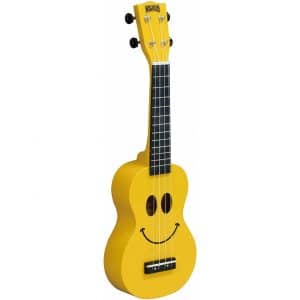
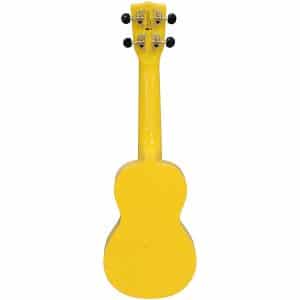
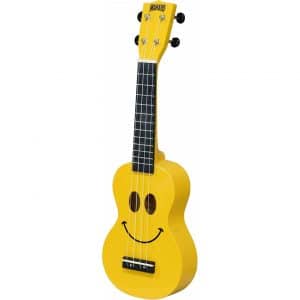
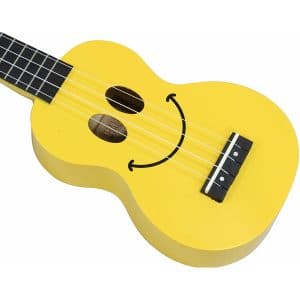

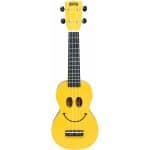
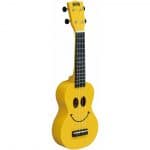
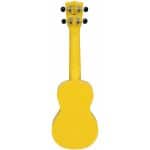
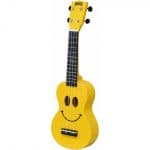
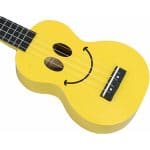
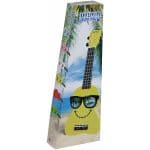



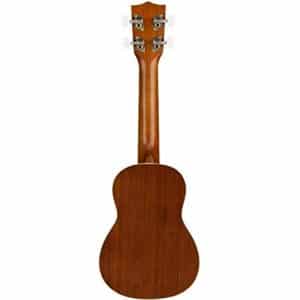

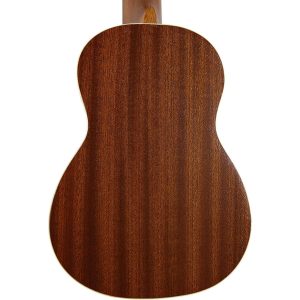
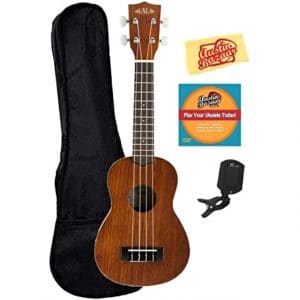
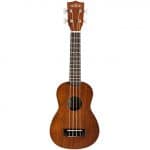
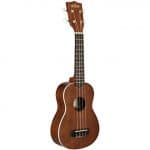
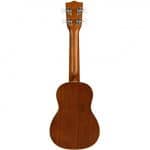
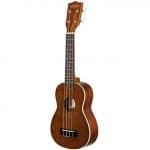
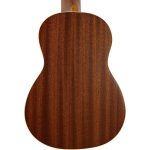
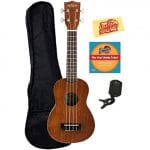
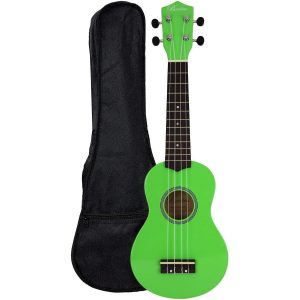
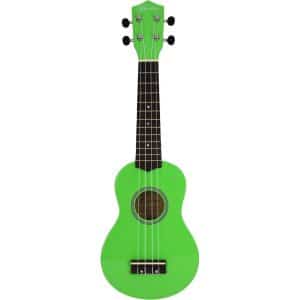
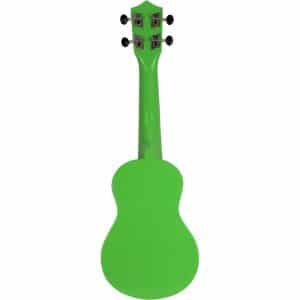
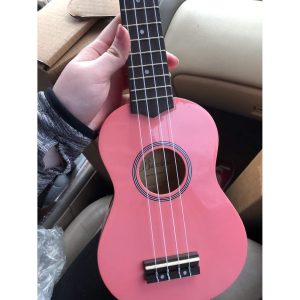
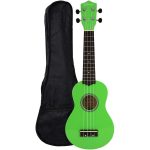
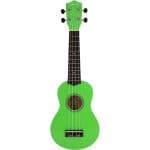
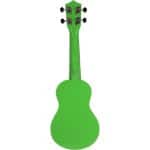
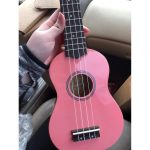
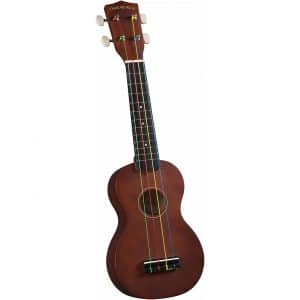

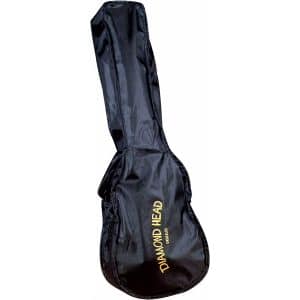
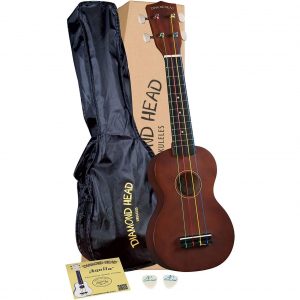
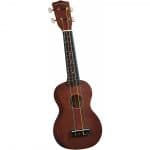
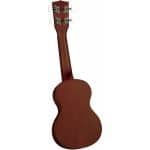
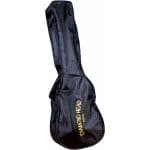
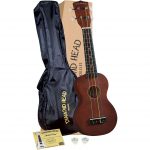
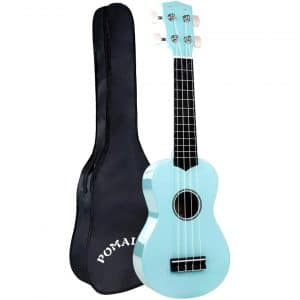
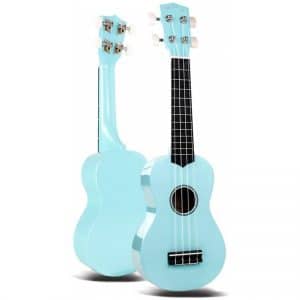
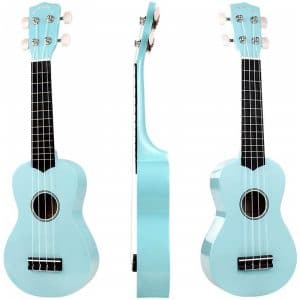
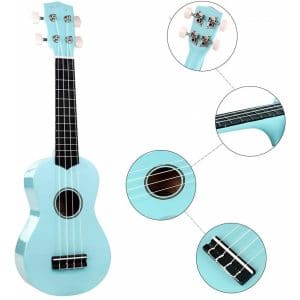
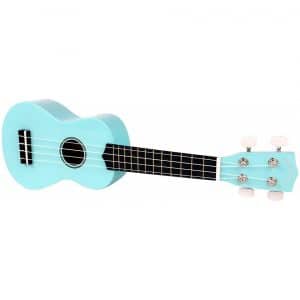
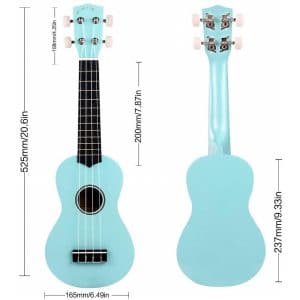
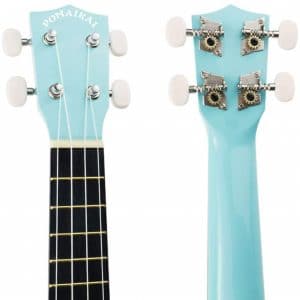
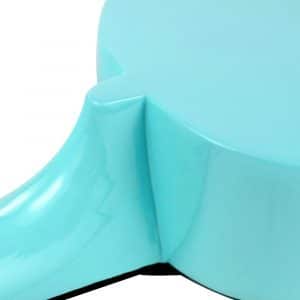
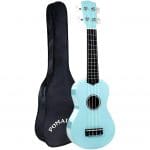
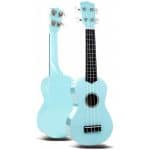
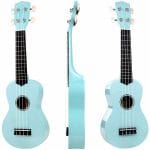
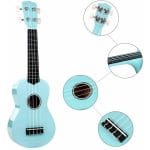
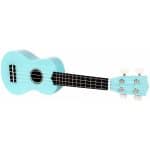
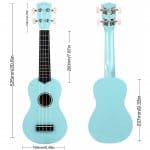
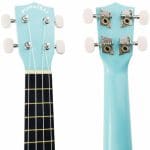
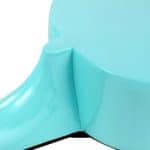
 Before making a purchase, you need to consider the types of ukuleles available. Next, it’s important to consider the materials and quality, design, and any accessories that might come with the instrument to help your little one get started on the right foot. The right approach to finding the best ukulele for your children can help them to progress faster.
Before making a purchase, you need to consider the types of ukuleles available. Next, it’s important to consider the materials and quality, design, and any accessories that might come with the instrument to help your little one get started on the right foot. The right approach to finding the best ukulele for your children can help them to progress faster. Many ukuleles for children are available in different colors because little ones prefer instruments with bright and attractive designs. There are several shapes of ukuleles available, with standard ones being the most readily available. Standard ukuleles have a body shape similar to that of an acoustic guitar, while pineapple ones are more on the oval side. Many parents choose to buy standard models for their children because they are comfortable to play with since their size suits little hands.
Many ukuleles for children are available in different colors because little ones prefer instruments with bright and attractive designs. There are several shapes of ukuleles available, with standard ones being the most readily available. Standard ukuleles have a body shape similar to that of an acoustic guitar, while pineapple ones are more on the oval side. Many parents choose to buy standard models for their children because they are comfortable to play with since their size suits little hands. You generally expect the ukuleles to come with a warranty, and that is available for the vast majority of the models we reviewed. Some instruments have a 30-day money-back guarantee and 12-month warranty against manufacturers’ defects, such as the
You generally expect the ukuleles to come with a warranty, and that is available for the vast majority of the models we reviewed. Some instruments have a 30-day money-back guarantee and 12-month warranty against manufacturers’ defects, such as the 






